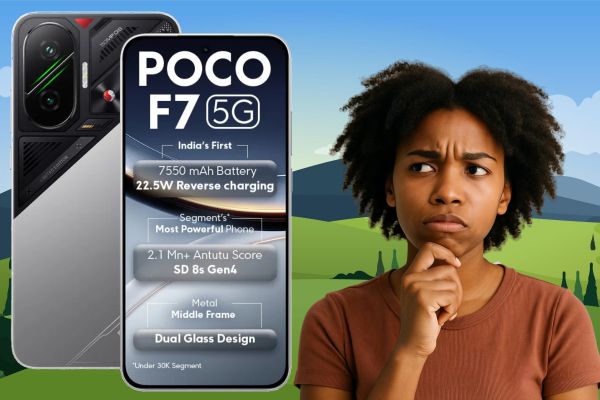One of the most exciting areas of the mobile phone market is the development of foldable devices, where technological innovations and user feedback create a particularly sharp collision zone. Ahead of Samsung's Galaxy Unpacked event on July 9, there is already significant interest in the Galaxy Z Fold7, which could be a milestone in many ways – but not all aspects of it have been met with unanimous enthusiasm.
Based on leaked information and render images of the device, it appears that Samsung has responded to aesthetic feedback by moving away from the critically acclaimed “Saturn Ring” camera design introduced last year. Complaints about the Galaxy S25 Ultra model – that the decorative rings are not only functionally unnecessary but also prone to detaching – led the company to switch to a cleaner camera layout similar to that of the Fold5 for the Fold7. Images of the new model indeed show a slimmer, ringless triple camera module that looks more harmonious and is perhaps more durable.
However, the exterior is not everything. The Galaxy Z Fold7 is expected to be based on the Snapdragon 8 Elite for Galaxy system chip, which offers unique optimizations as a joint development between Samsung and Qualcomm. The device's internal display will be eight inches, while the external screen will be 6.5 inches – both with a 120 Hz refresh rate and up to 2600 nits of HDR brightness. At 8.9 mm thick when folded and only 4.2 mm thick when unfolded, it represents a noticeable improvement over the Fold6, and at 215 grams, it is considered exceptionally light among foldable phones.
However, the biggest technical leap is expected in the camera system. According to leaked information, the Fold7's main camera will now have a 200-megapixel sensor, which is a significant improvement over the Fold6's 50-megapixel module. If this proves to be true, it could elevate the Fold7 to the ranks of the most powerful foldable phones in terms of imaging capabilities.
Despite all this, there are still areas where Samsung's decisions have elicited more subdued reactions. The 4400 mAh battery and 25-watt wired charging, while not weak, seem modest compared to some of its competitors in the premium segment. Models such as the Honor Magic V5 offer a powerful alternative not only in terms of design but also in terms of battery and charging performance, especially since the Magic V5 is currently considered the world's thinnest foldable device.
However, Samsung's position is strengthened by the familiarity and maturity of the One UI user interface, as well as the strategic decision to promise 7 years of software support. This long-term commitment may be particularly important for those planning to purchase a device for the longer term. At the same time, market competition is changing rapidly: Honor also promises 7 years of support, so the software advantage is no longer clear.
The arrival of the Fold7 also raises an important question: will Apple enter the foldable phone market? Although there is currently no official information about the release of such a model, rumors suggest that even the iPhone 18 series expected next year is unlikely to match the hardware capabilities of the Fold7. Apple's response is therefore still pending, giving Samsung the opportunity to further strengthen its position within this new format.
In many ways, the Galaxy Z Fold7 is the result of Samsung's previous lessons: it responds to design criticisms and advances technologically, but not all of its decisions are radical or clearly market-leading. After the July 9 launch, we will have a clearer picture of whether a new era is indeed beginning in the history of foldable devices, or whether the development is once again gradual rather than revolutionary.
































